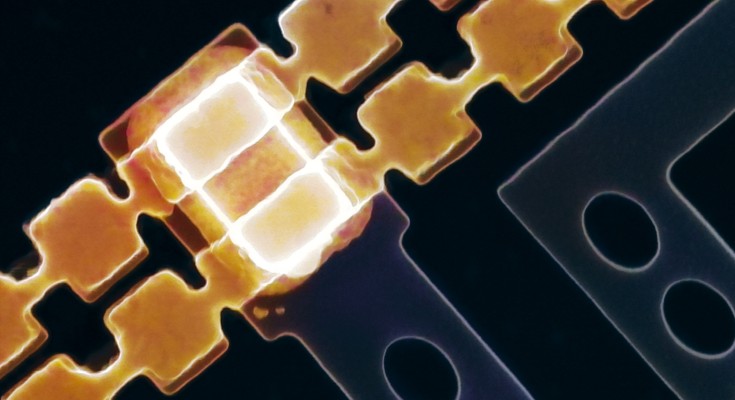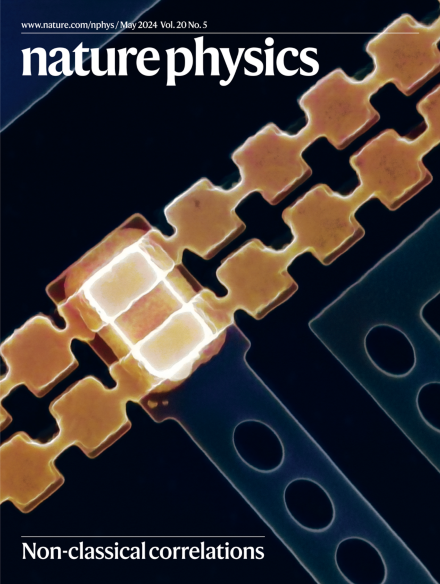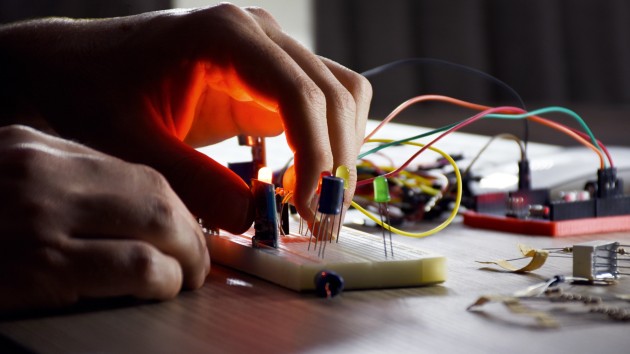
May issue
This month we feature an Insight on cold and ultracold molecules, and examine burning plasmas and fuel gain exceeding unity in direct-drive inertial confinement fusion.

This month we feature an Insight on cold and ultracold molecules, and examine burning plasmas and fuel gain exceeding unity in direct-drive inertial confinement fusion.


A superfluid is a macroscopic system with zero viscosity through which entropy is reversibly transported by waves. An unexpected transport phenomenon has now been observed between two superfluids, where irreversible entropy transport is enhanced by superfluidity.
